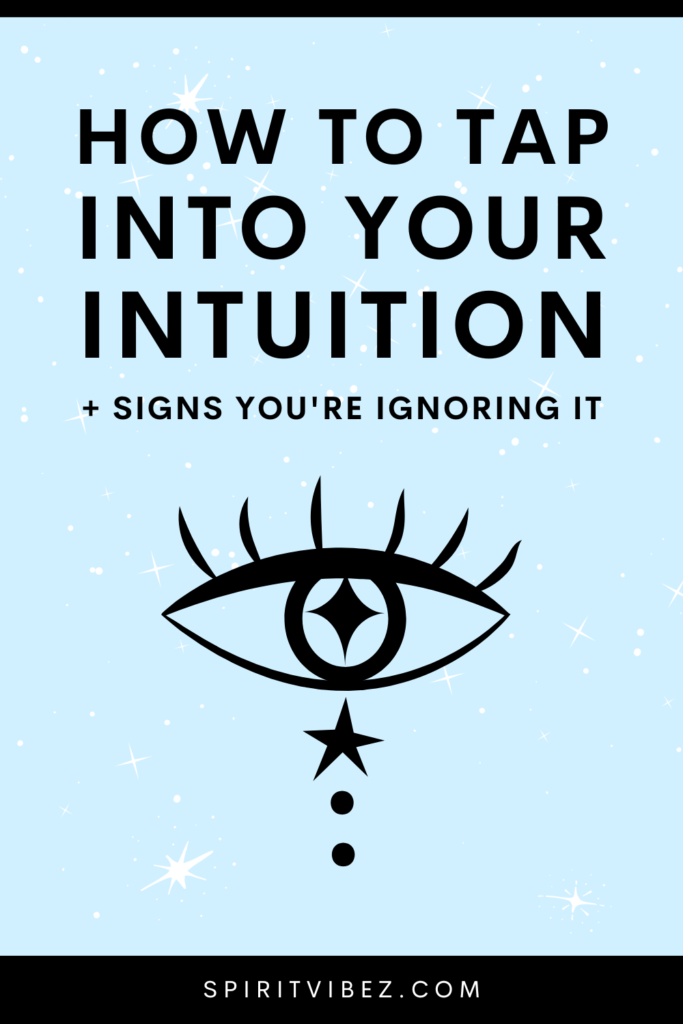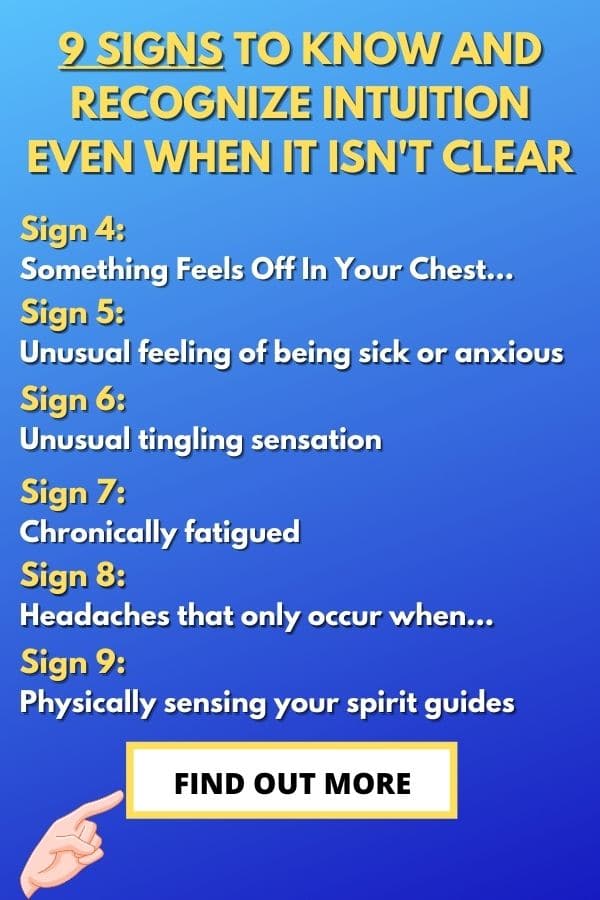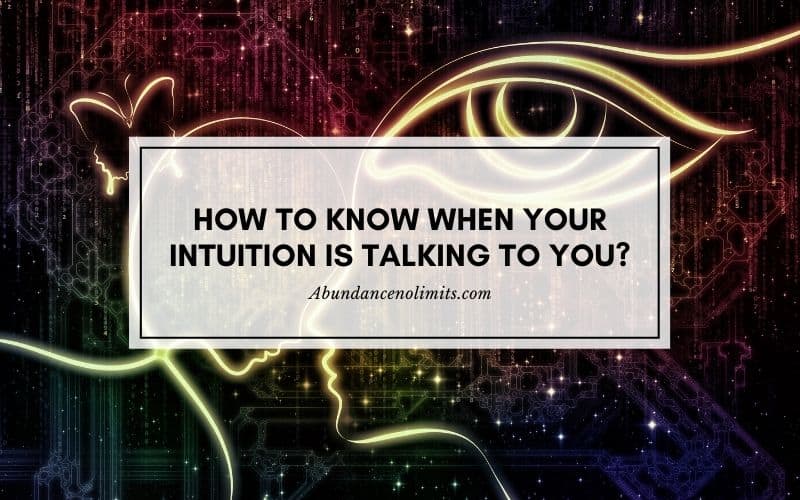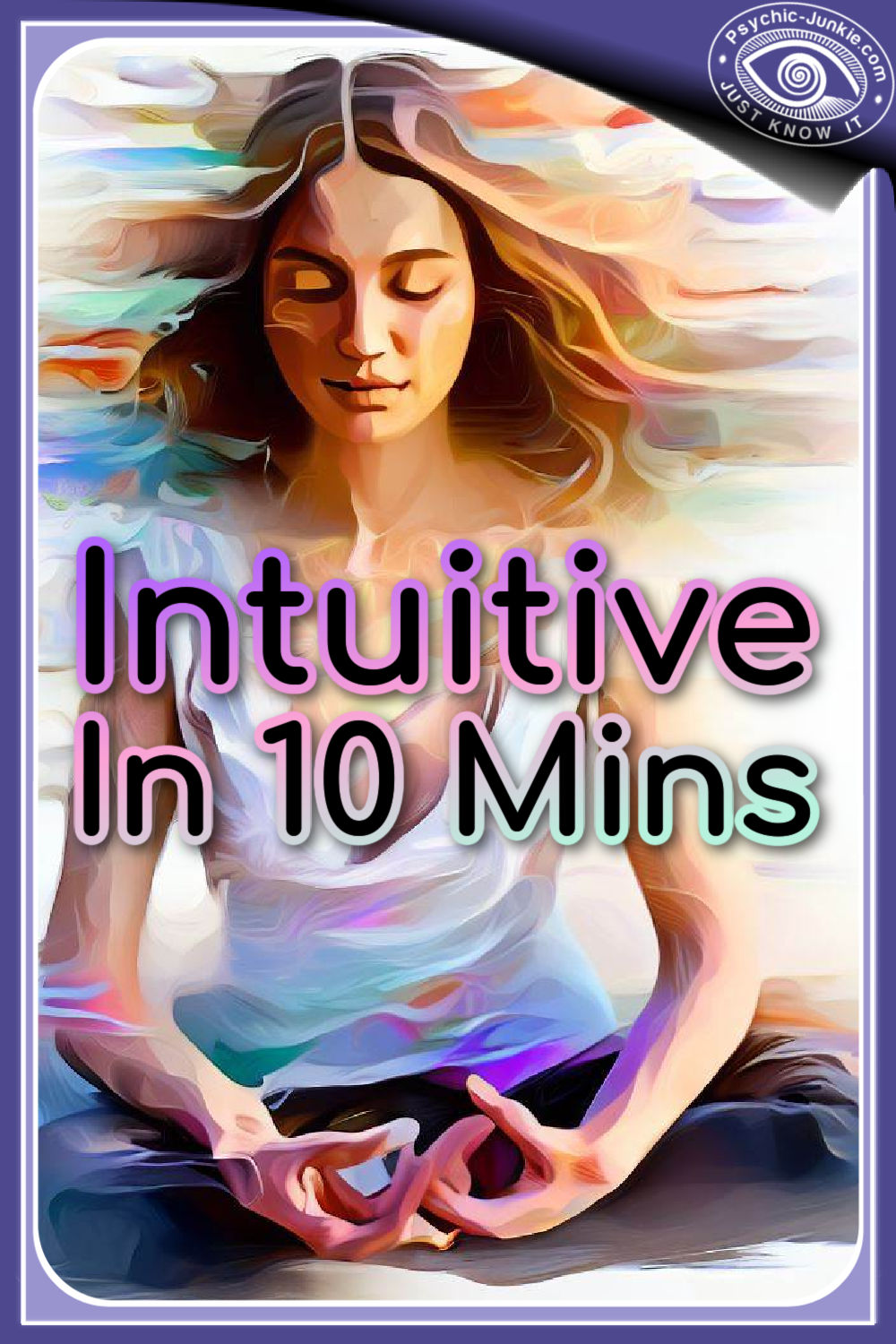How To Know When Your Intuition Is Right

In a world saturated with information and driven by data, the ability to discern genuine intuition from mere impulse or wishful thinking is becoming increasingly valuable. But how can individuals reliably distinguish between a true intuitive hit and a cognitive bias?
This article explores the science and art of recognizing authentic intuition, offering practical insights and expert opinions to help readers harness this powerful inner resource. Understanding the nuances of intuition can lead to better decision-making, improved relationships, and a deeper sense of self-awareness.
Defining Intuition: Beyond Gut Feelings
Intuition, often described as a “gut feeling,” is more accurately understood as a rapid cognitive process. It synthesizes past experiences, knowledge, and subtle environmental cues to arrive at a conclusion without conscious deliberation. Dr. Emily Carter, a cognitive psychologist at the Institute for Advanced Intuition Studies, explains that "Intuition is not magic; it's a complex form of pattern recognition honed over time."
Distinguishing intuition from impulse is crucial. An impulse is often driven by immediate desires or emotions, while genuine intuition tends to be calmer, more persistent, and supported by a sense of inner certainty.
Key Indicators of Authentic Intuition
Several factors can help individuals assess the validity of their intuitive insights. The first is a feeling of quiet confidence, not anxious excitement or fear.
Another key indicator is alignment with personal values. True intuition often guides individuals toward choices that resonate with their core beliefs and principles. Furthermore, it frequently emerges in situations where analytical thinking is limited or ineffective.
Practical Steps to Validate Your Intuition
Experts suggest a multi-faceted approach to validate intuitive insights. Start by taking time to quiet the mind through meditation or mindfulness practices. This reduces mental clutter and allows subtle signals to emerge more clearly.
Secondly, consider the source of the feeling. Is it based on factual knowledge or just an emotional reaction? Researchers at Stanford University have developed a checklist to aid in the process, emphasizing objective assessment and validation against available data.
Finally, test the intuition's validity over time. "If the 'gut feeling' consistently leads to positive outcomes aligned with your values, it's more likely to be genuine intuition," says Dr. Carter.
Potential Pitfalls: Cognitive Biases and Emotional Overload
It's important to be aware of potential pitfalls that can masquerade as intuition. Cognitive biases, such as confirmation bias (seeking information that confirms pre-existing beliefs) and availability heuristic (over-relying on easily recalled information), can distort intuitive judgment.
Similarly, strong emotions like fear, anger, or infatuation can cloud the mind and lead to impulsive decisions disguised as intuition. Cultivating emotional awareness and self-regulation is therefore essential.
Impact and Applications
The ability to accurately discern and harness intuition has far-reaching implications. In professional settings, it can enhance decision-making, particularly in ambiguous or rapidly changing environments.
In personal life, it can improve relationships, guide career choices, and foster a stronger sense of purpose. Studies have shown a correlation between high emotional intelligence and the ability to effectively use intuition.
Ultimately, developing trust in one's intuition is a journey of self-discovery, requiring self-awareness, critical thinking, and a willingness to learn from both successes and failures. By understanding the nuances of intuition and taking steps to validate its signals, individuals can unlock a powerful inner resource for navigating the complexities of life.
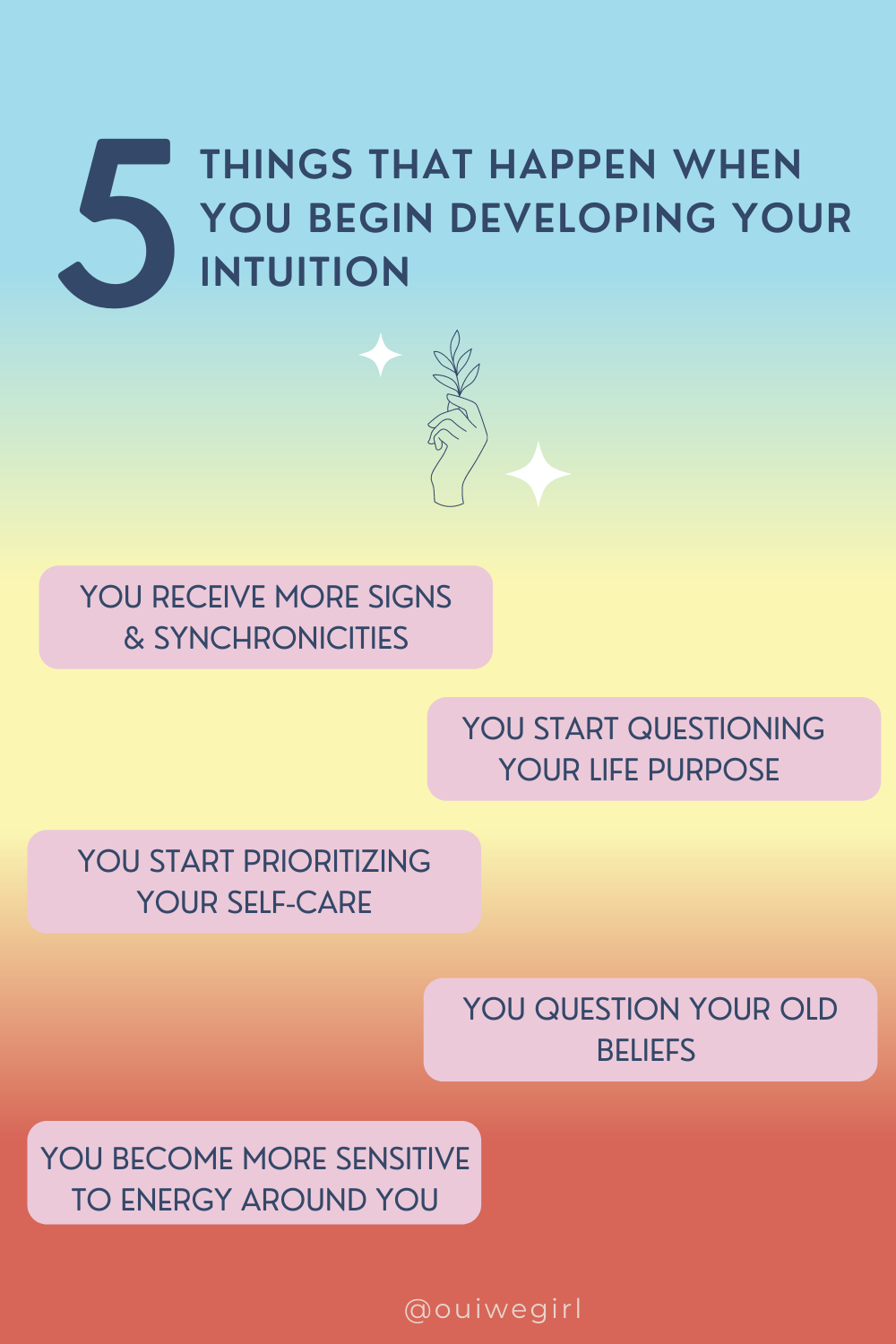.png)

